After the accumulation in recent years, the current number of waste blast furnace slag in China is huge. By 2020, the total amount of industrial solid waste in China will reach 3.787 billion tons, of which metallurgical slag is 689 million tons, accounting for 18.19%, which is the third largest industrial solid waste after tailings and gangue.. waste plastics are introduced into processes designed to yield chemical feedstocks rather than heat. This category includes the utilisation of plastics in blast furnaces (BFs). BF usage also recovers energy from the waste plastics and so it is sometimes categorised as energy recovery. The preferred classification in the EU Directive on waste.

Blast Furnace

An example of mass flow of the traditional blast furnace process (case... Download Scientific
Blast furnace process overview Download Scientific Diagram
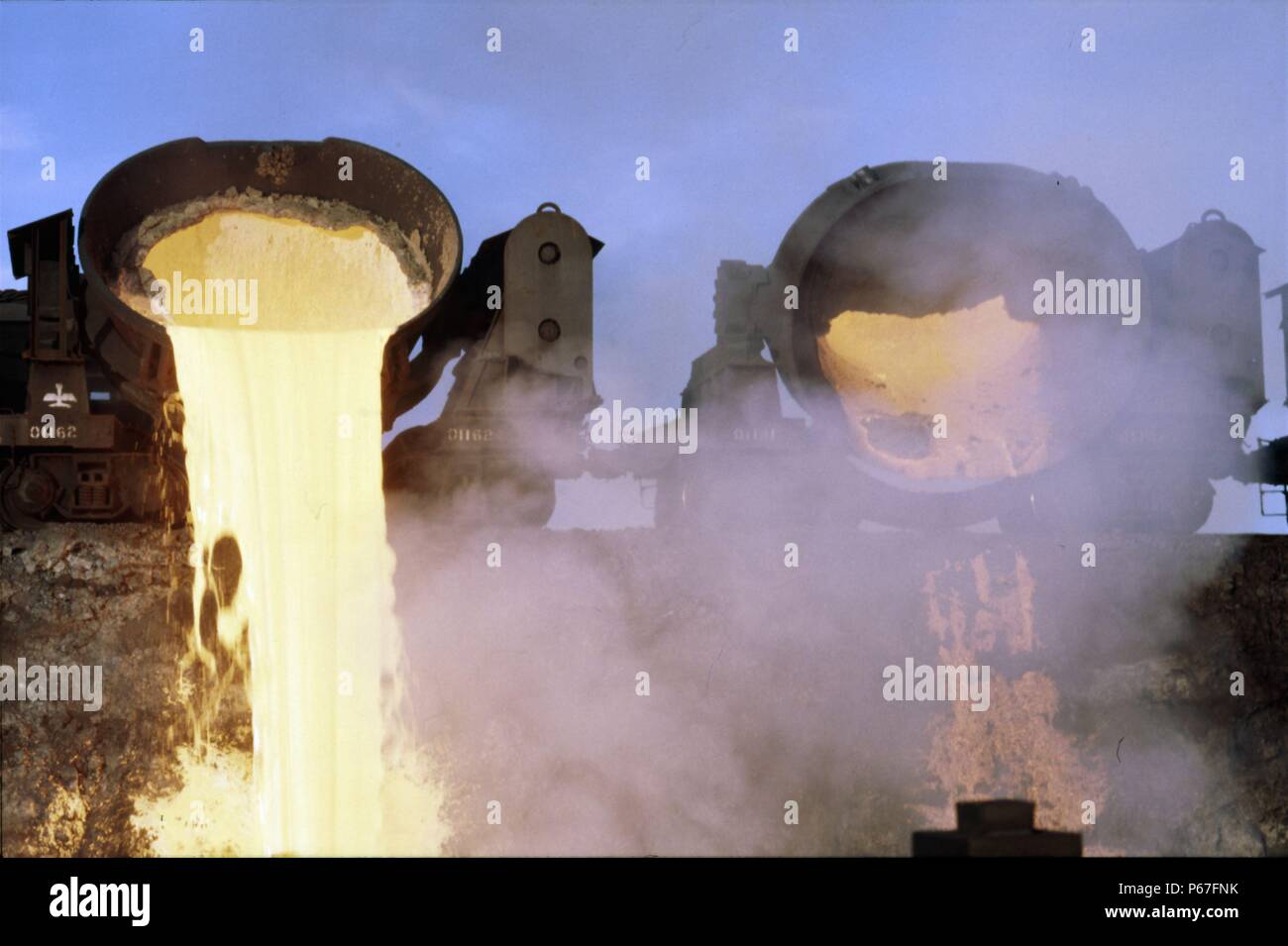
Emptying molten waste from the blast furnace at Anshan Iron & Steel Works China Stock Photo Alamy

Blast furnace process tecscience
Pig iron blast furnace route International Iron Metallics Association
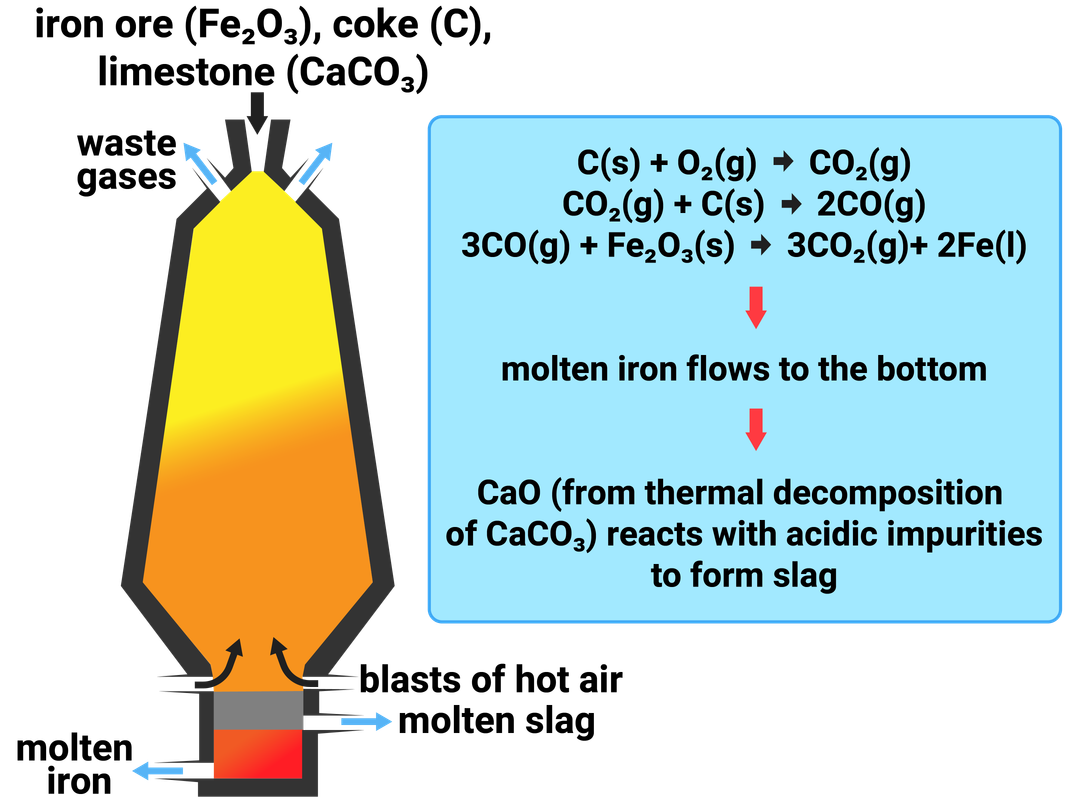
Blast Furnace Diagram Gcse

Blast Furnace Diagram

Question Video Identifying the Composition of Blast Furnace Coke Nagwa
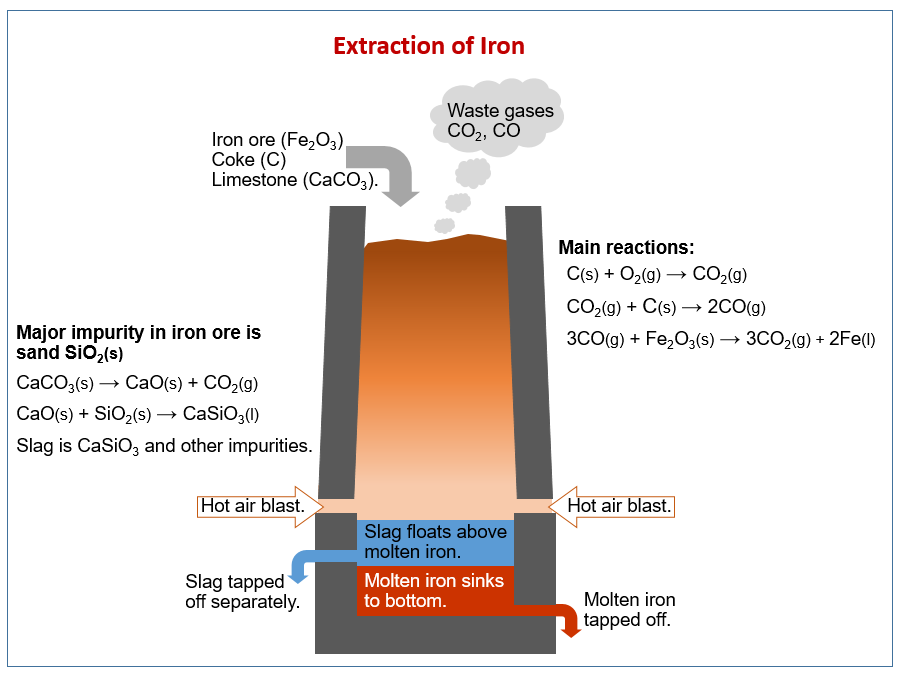
Blast Furnace Diagram Gcse
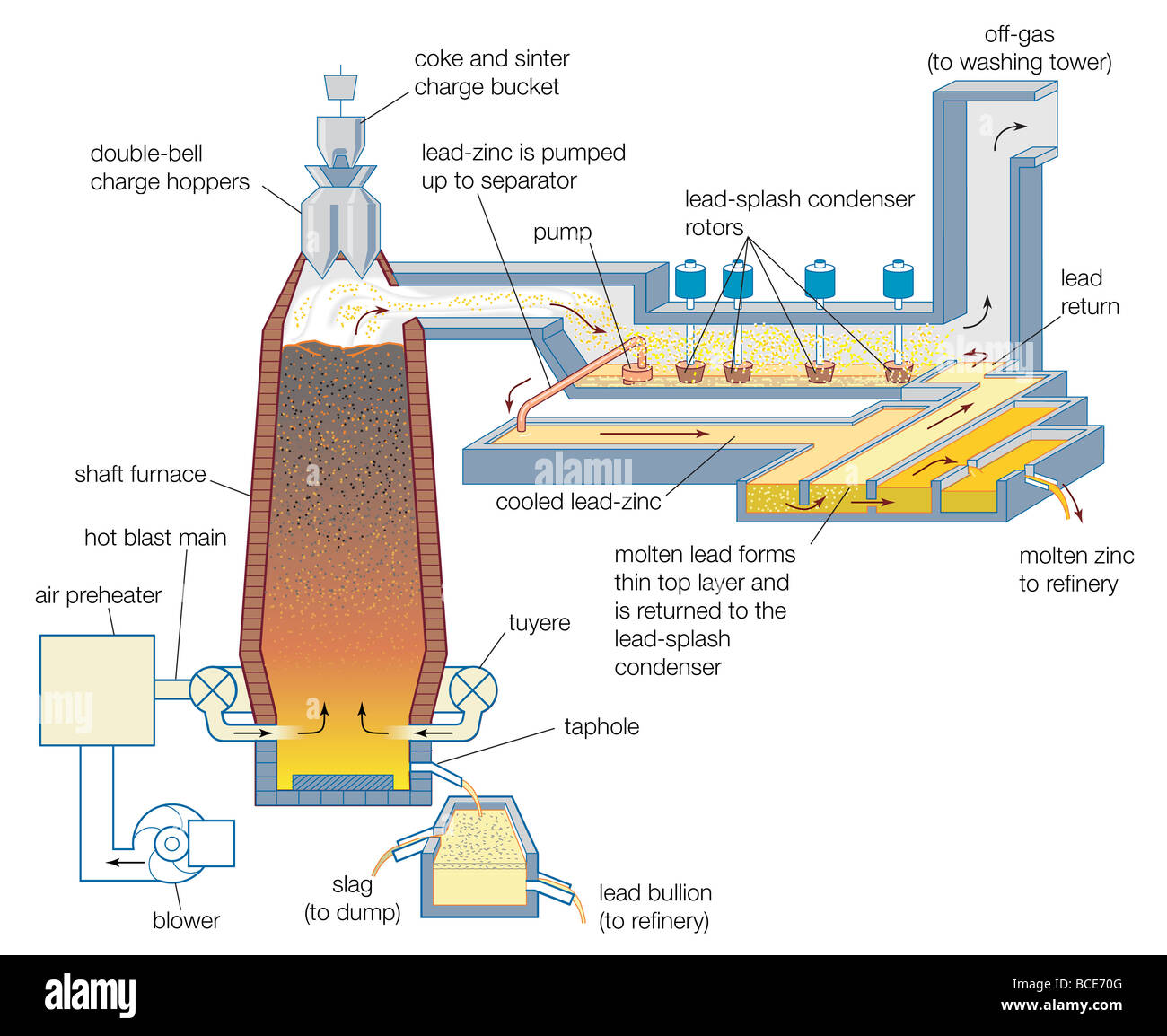
Blast Furnace Picture Diagram imgwhammy
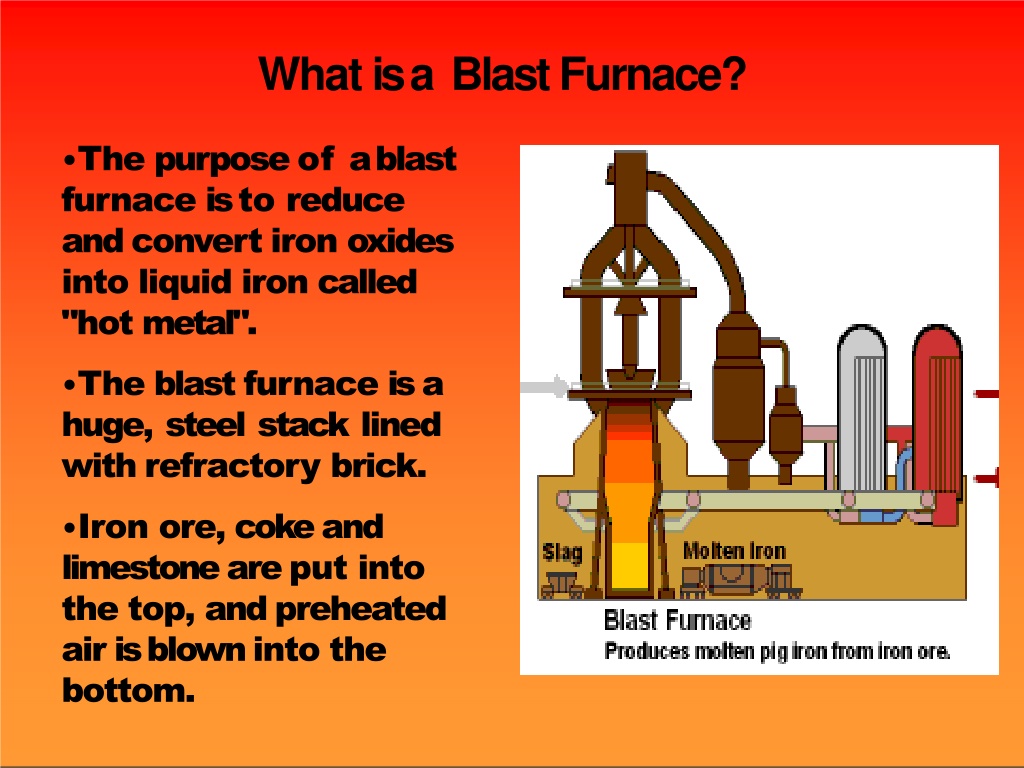
PPT blast furnace PowerPoint Presentation, free download ID10092022

Processing installation for blast furnace waste References Ceratec

csmaBlastFurnaceDiagram CSMA The Cementitious Slag Makers Association

Extraction of Iron Making Iron in the Blast Furnace teachyourselfchemistry studyfromhome
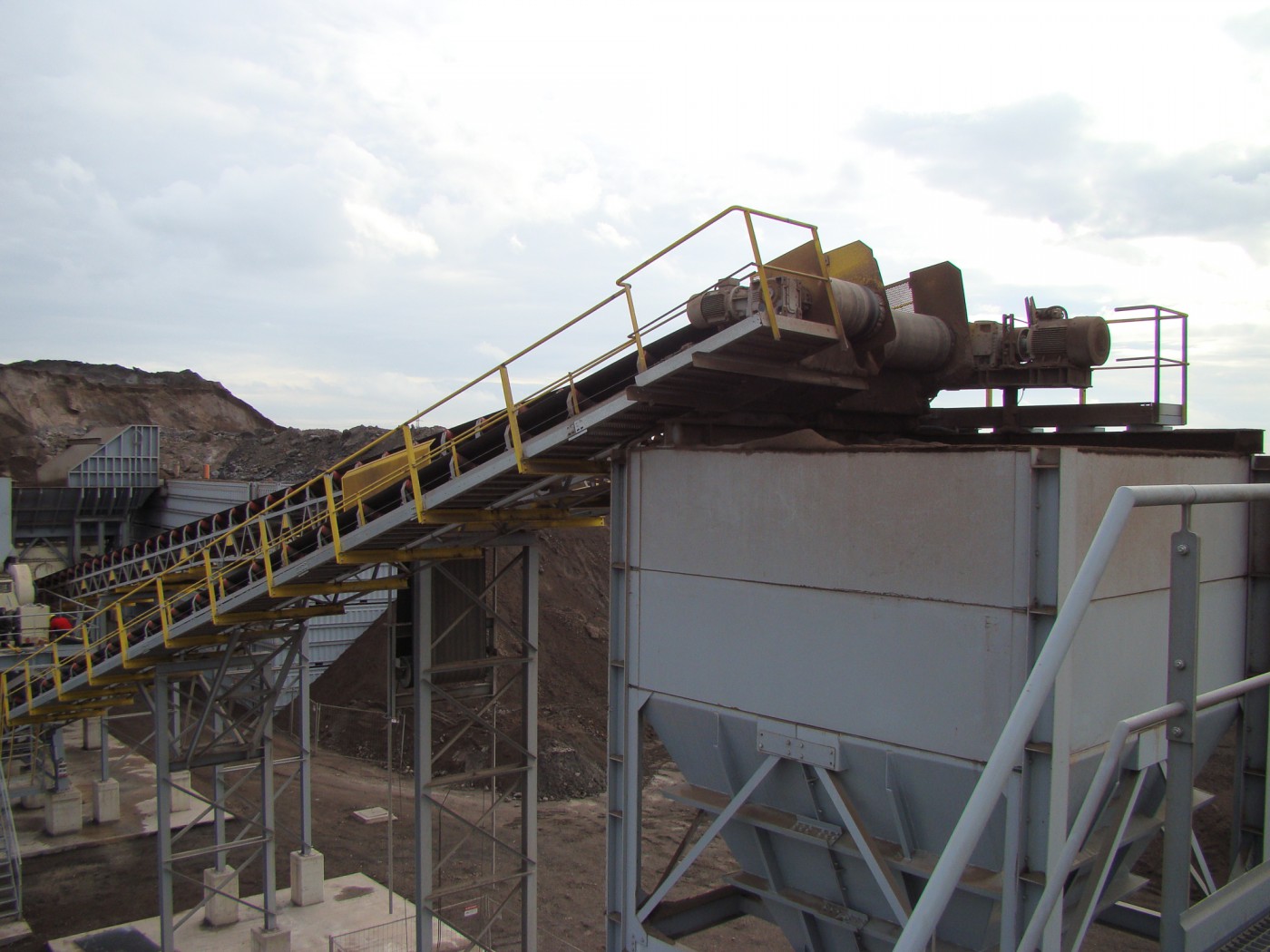
Processing installation for blast furnace waste References Ceratec

Blast furnace process overview Download Scientific Diagram

Blast Furnace Diagram
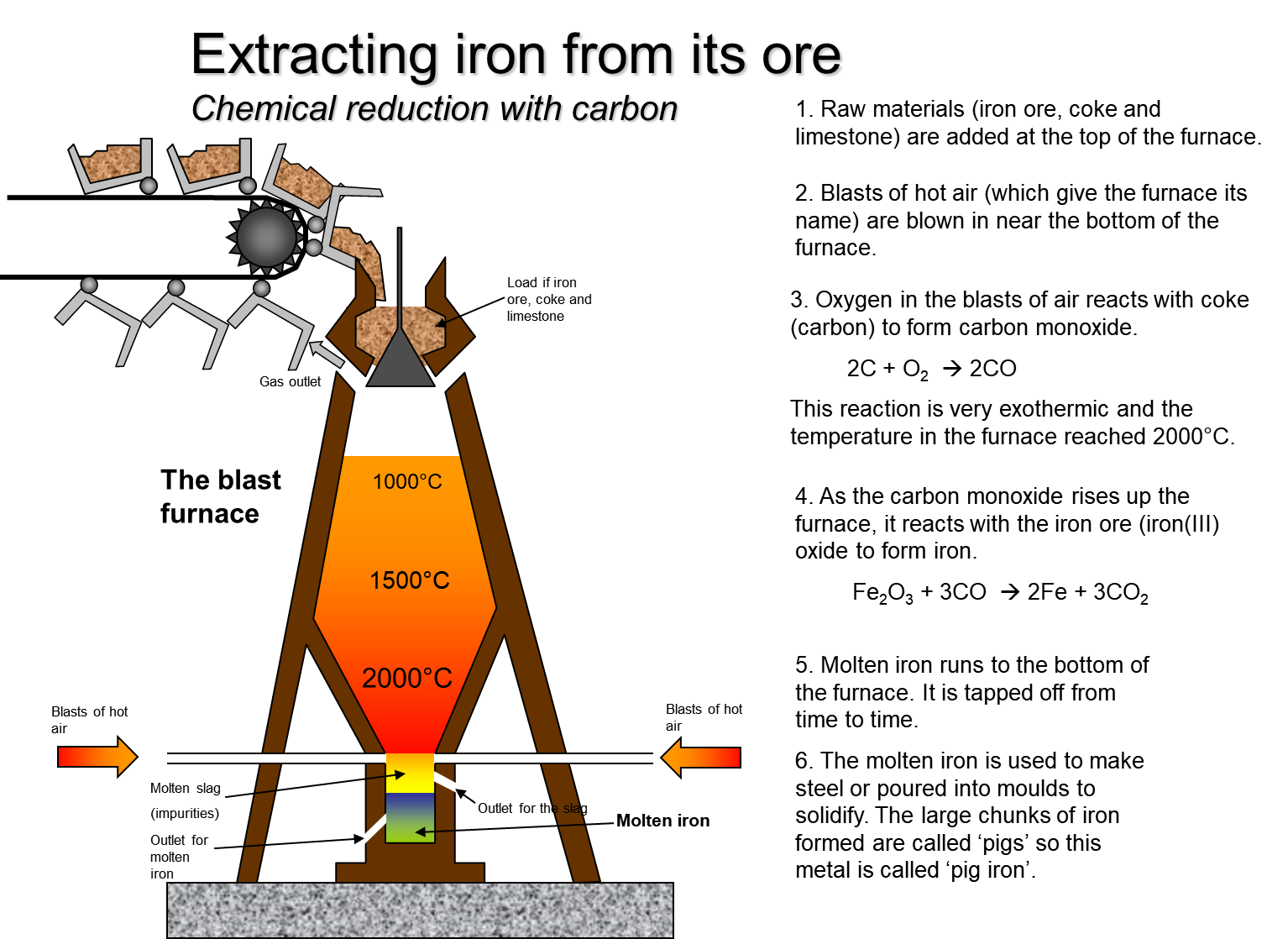
Iron Extraction W3schools
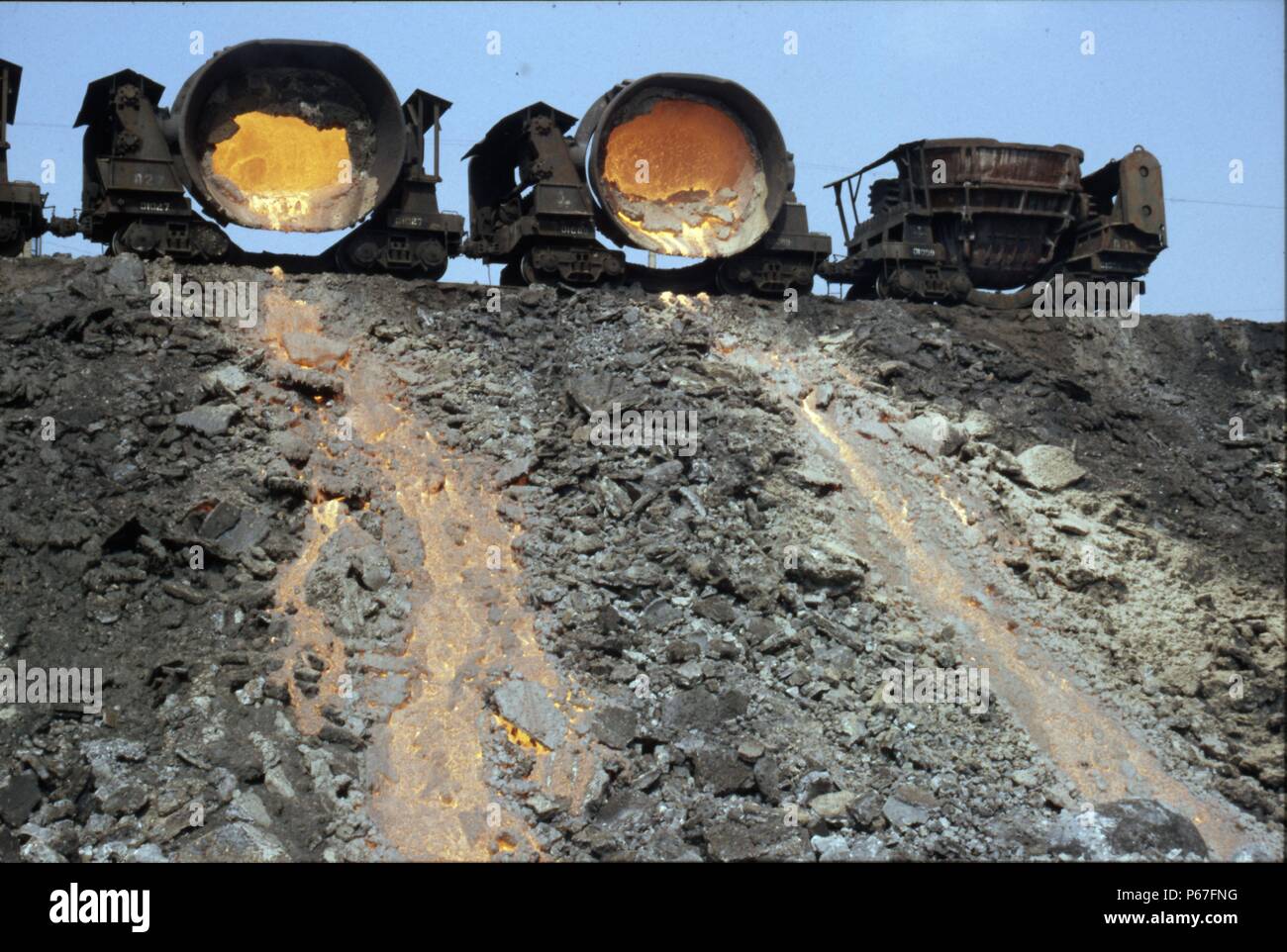
Emplying molten waste from the blast furnaces at Anshan Iron & Steel Works China Stock Photo Alamy
A large amount of dust is formed as one of the primary by-products during the blast furnace ironmaking process. Besides iron and carbon, it contains a variety of valuable metals such as zinc, lead, and indium widely applied in many industry fields. However, it is difficult to recycle and reutilize blast furnace dust (BFD) due to complex composition, fine particle size, and strong hydrophobic.. Abstract: Blast furnace slag is a key large-tonnage waste product of metallurgical production, which is considered to be a promising alternative material in construction. In order to determine the scope of potential use of slag as a marketable product, it is necessary to study its structure and composition,